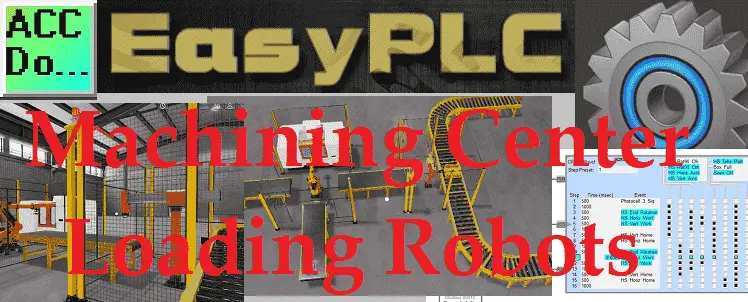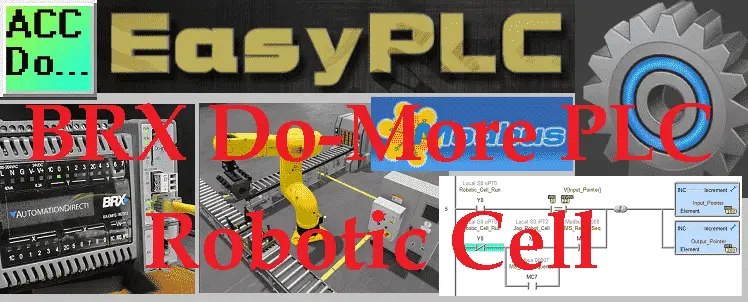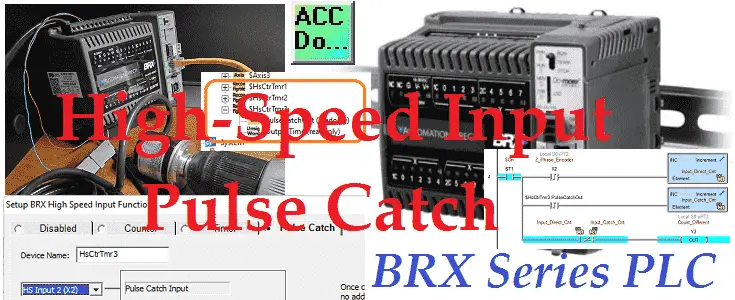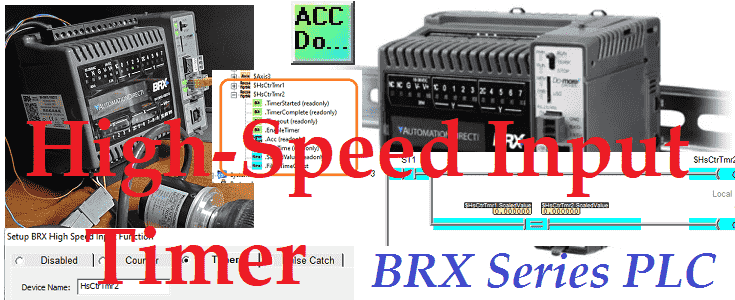EasyPLC Machining Center Loading Robots
The EasyPLC machining center loading robots will demonstrate sequencing and robot control using a PLC. Two input lines feed blanks to the robot. The robot will alternate taking the blanks and putting them into the CNC (Computer Numerical Control) machine. The robot moves the piece to the finished conveyor when the part has been machined. … Read more





